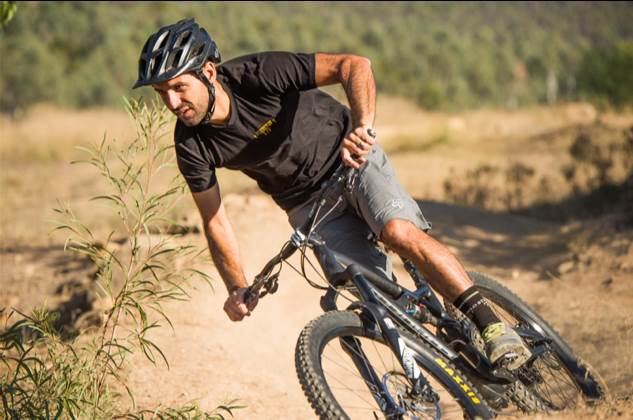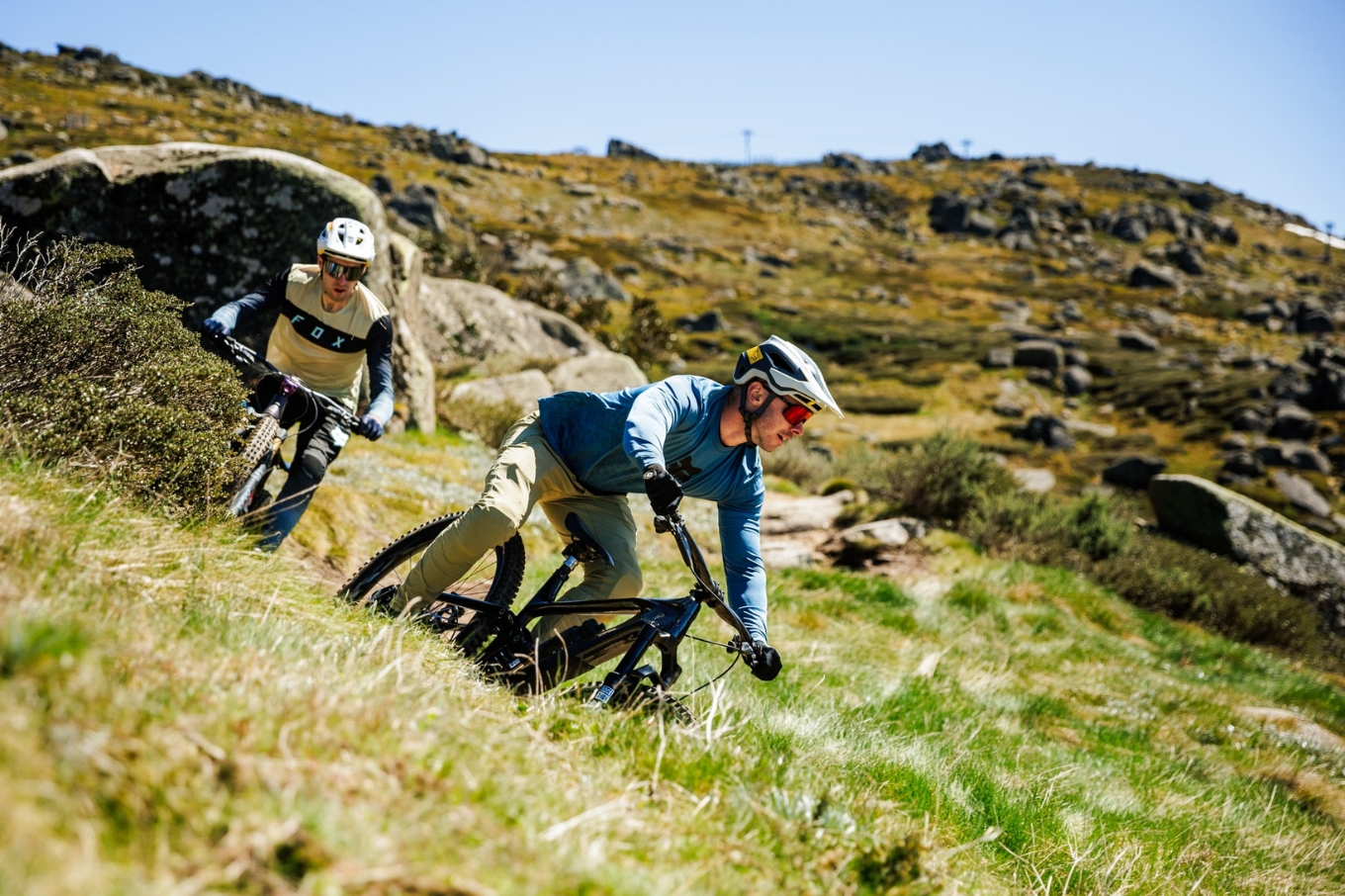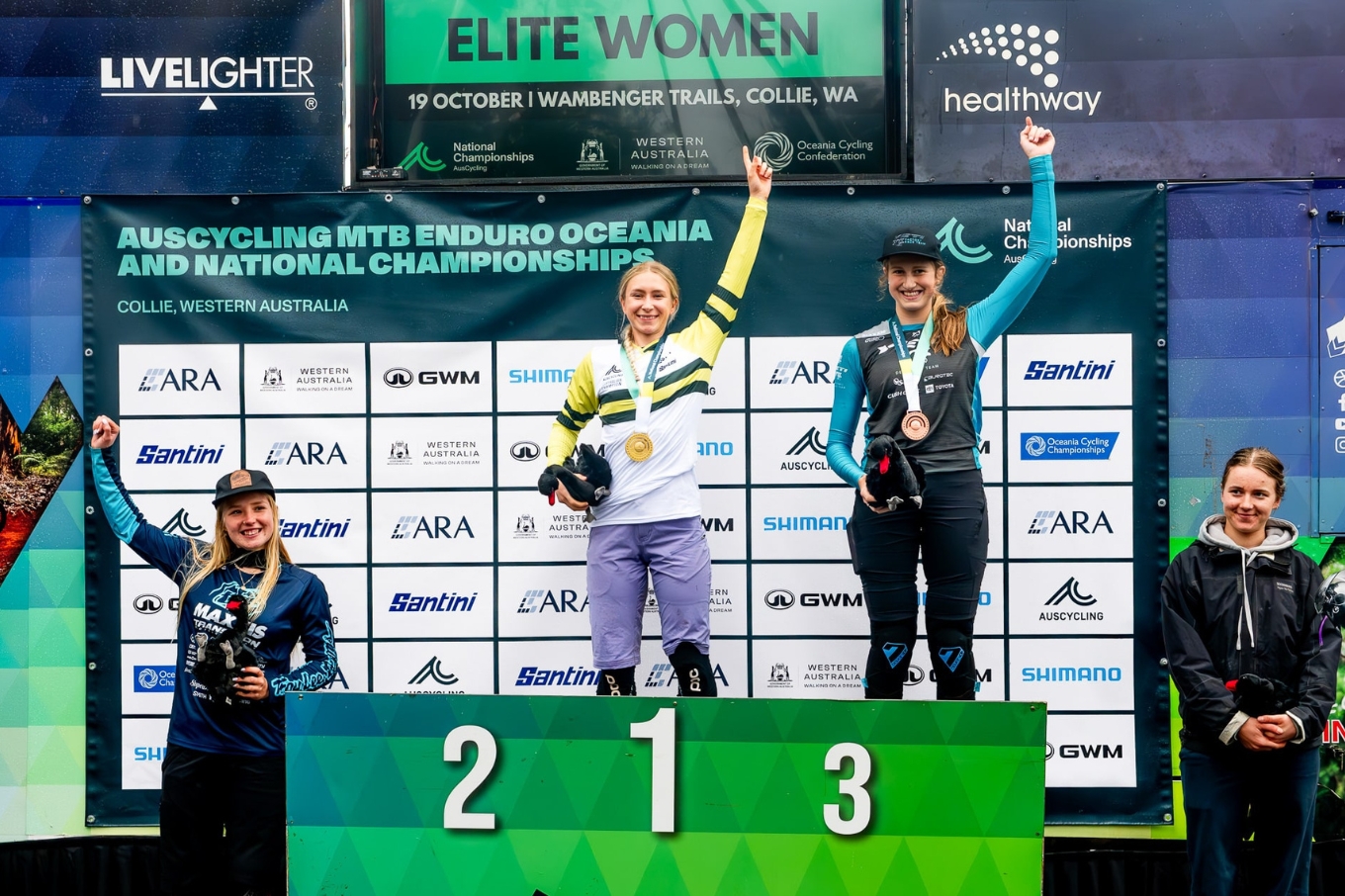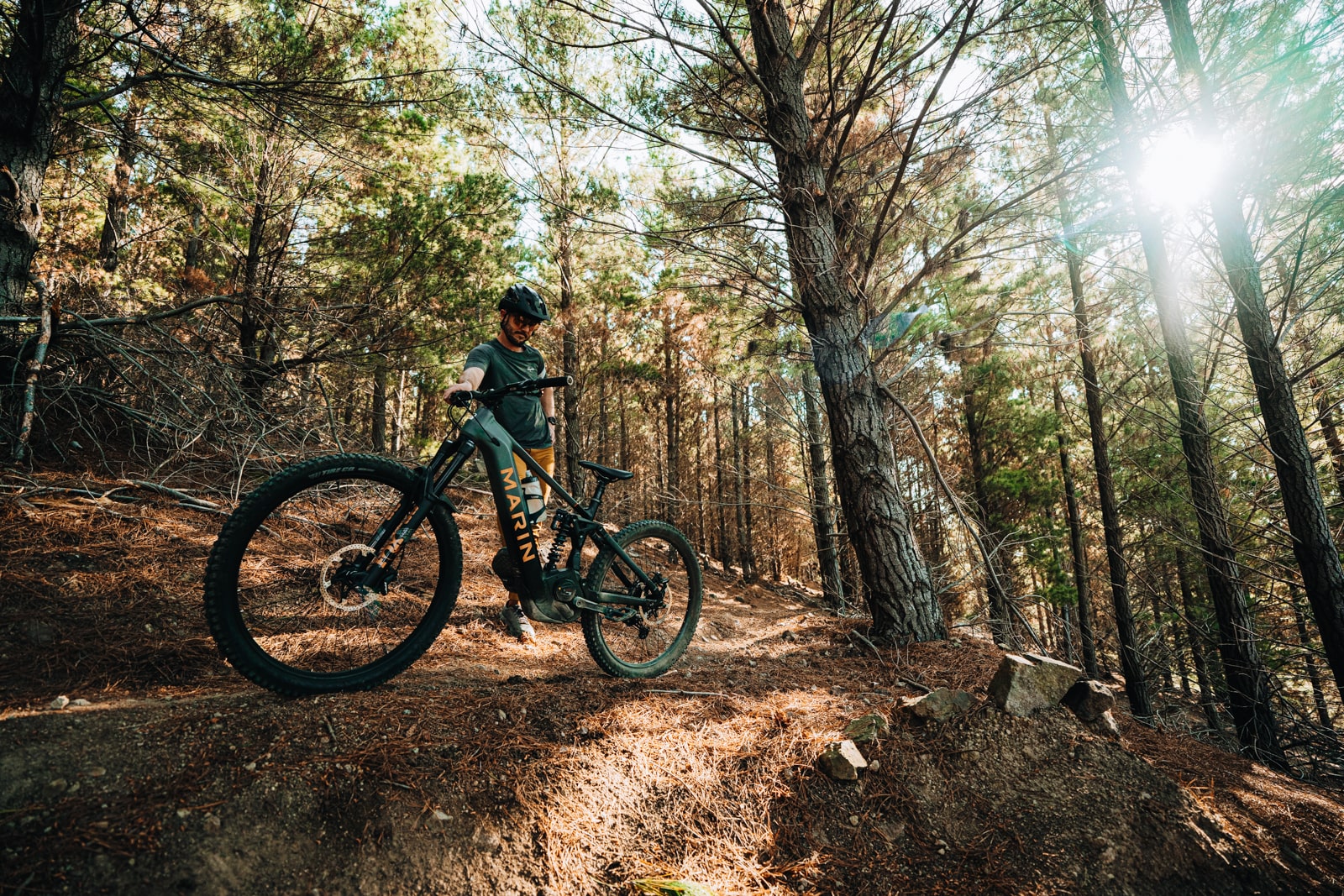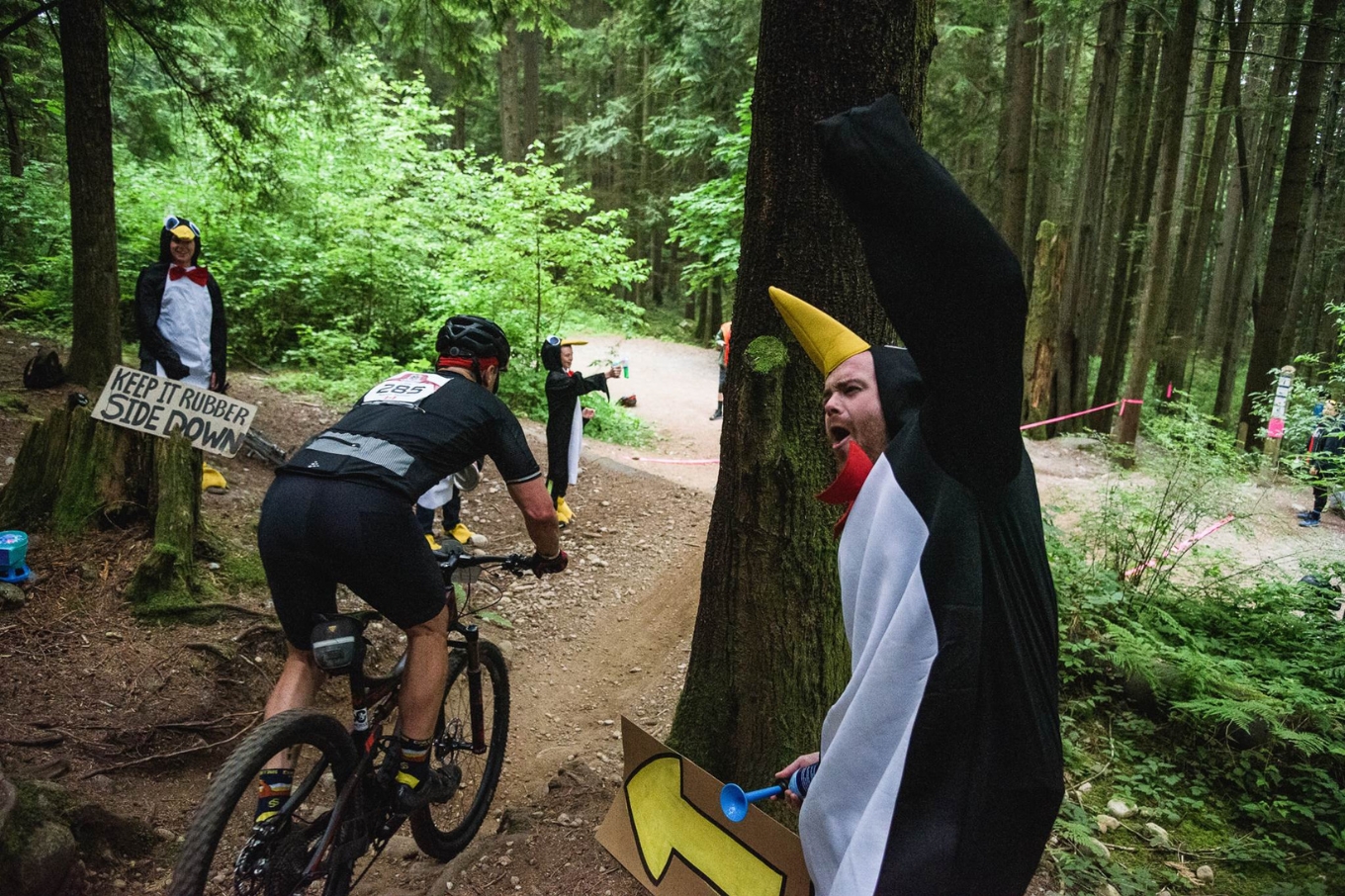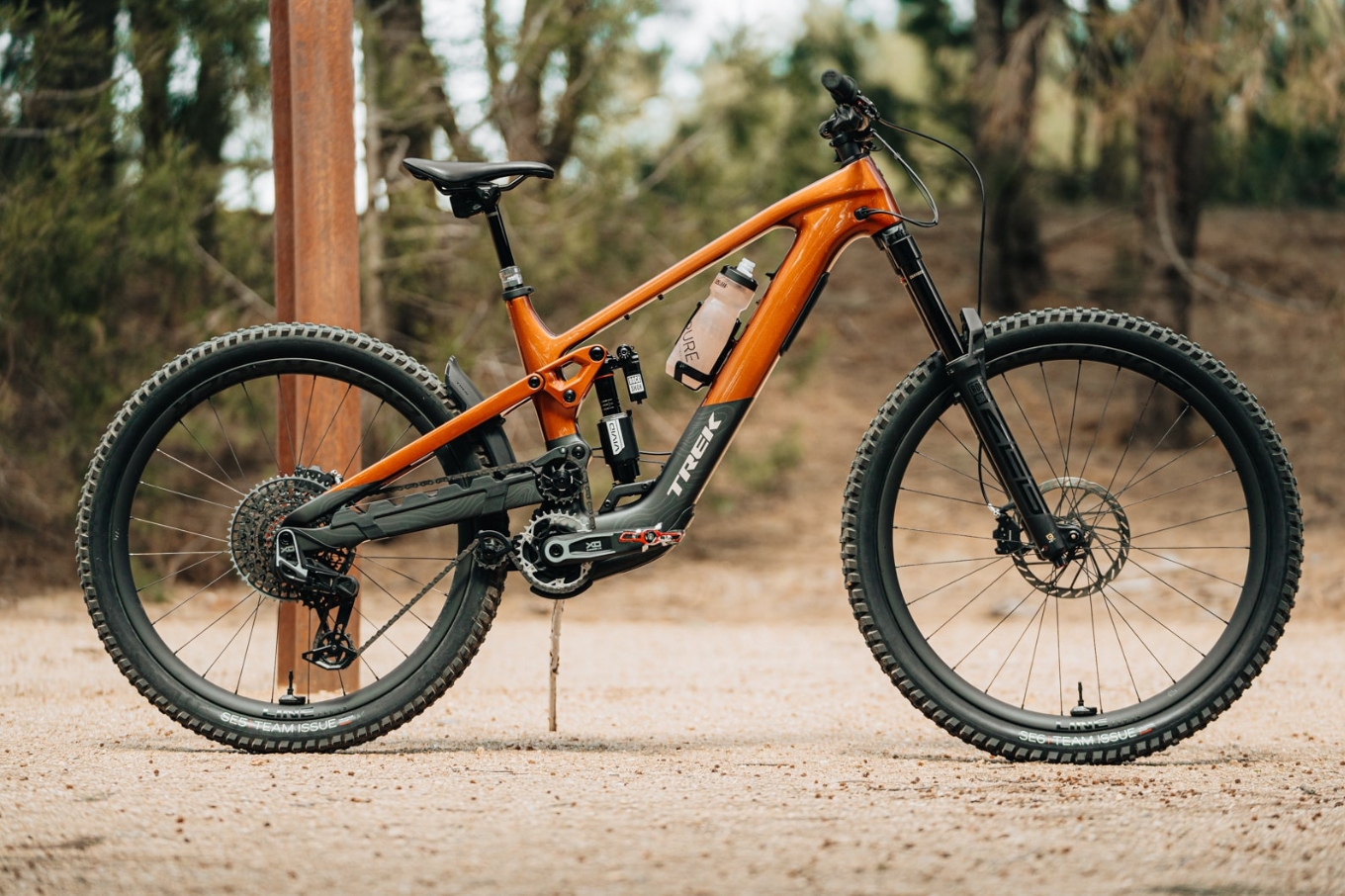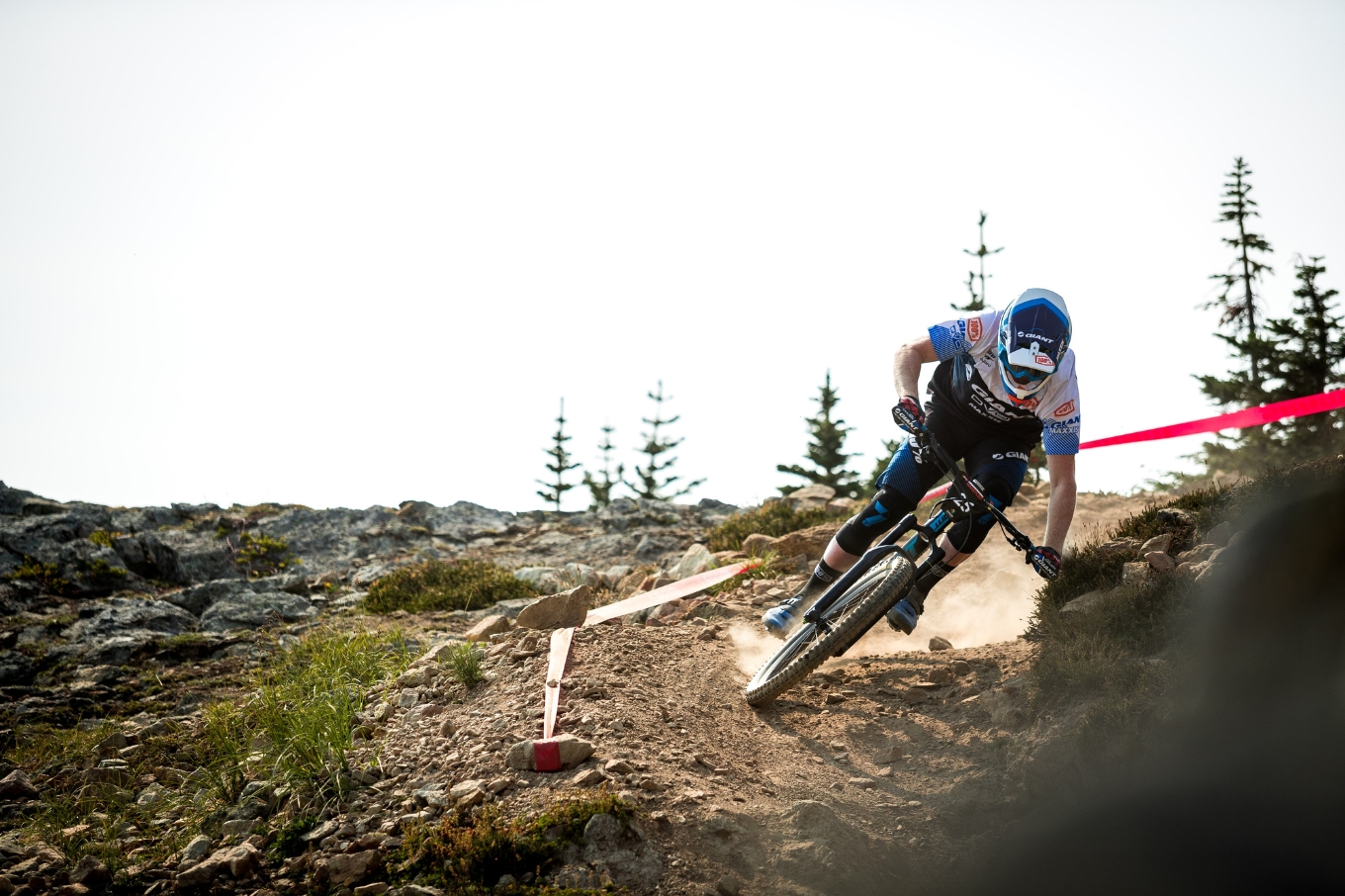SKILLS: How to Brake like a Pro
Learn how to use your brakes like a pro and you may end up going faster!
Words: Jared Rando Images: Damian Breach
The basic elements of braking on a mountain bike are pretty simple – brake early, try not to skid and use both your brakes. Then there’s the golden rule – never take your finger off the brakes! That said, when it comes down to the details, it’s something which is really easy for riders, and especially beginner to intermediate riders, to get wrong. Effective braking is not only important to go fast, but also extremely important to be safe on the bike.
If I’m teaching a novice how to ride, I always start out with the above mentioned points, but a lot of braking effectively also ties in with your setup of the brakes. There’s a lot of personal choice thrown in the mix when it comes to lever reach and throw, but for me there’s one thing I really try to drive home and that’s one finger braking (with your index finger), and ensuring your brakes aren’t set up too low.
A rock climbing friend told me he uses his middle finger to brake because it’s the strongest finger on the hand. I told him I prefer to have my strongest finger holding onto my bars… These days, if you can’t slow down with just your index finger, it’s time to get your brakes checked. Modern brakes are just so powerful and even the most basic brakes should slow you down with one finger. Ultimately though, the preference is yours but here’s some tips which I find useful to slow down fast.
Step 1 – Use your index finger to brake and adjust your levers accordingly
To use your index finger, with most levers, you’ll have to run them fairly far inboard. Make sure your finger rests on the lever comfortably and you have enough of your bar left over to hang onto. Most controls these days have enough range of adjustment to get it right no matter the size of your hand. For the most part I prefer to run my levers fairly close which helps with arm pump – it’s much easier to hold onto something with a closed fist.
Step 2 – Make sure you have enough room under full braking
Pull your brakes on hard and make sure at that point you aren’t crushing a knuckle or putting your hand in an uncomfortable position. Once again, I feel that a little closer is better as it helps with arm pump but too close can cause your wrists to rotate inwards. If you have the option of adjustment for pad contact, have a play to get it right.
Step 3 – Adjust your brake angle for where you ride
When you’re hard on the brakes a lot of the time you’ll have your weight back to get traction or be behind the saddle on steep terrain. Flat brake levers are becoming a pretty common theme now which is helping point people in the right direction. Once again its personal preference but I see way more people with levers which are too steep than too flat. You’re looking for a nice straight line through your arm and lever when you are off the back of the bike. Once again try different positions to see what works for you.
Step 4 – Brake early and get your weight back
Braking early for corners and even other features is really important. The best judge of how well you ride a corner is how fast you exit the turn rather than how fast you go into it. Under hard braking you’ll always want to get your weight back and low to get as much traction as possible on the rear wheel. Try to brake in straight lines and use both brakes.
Step 5 – Brake hard when you can and pick smart lines
There will always be better times to brake than others. On this section the initial braking is done through a slight turn so I’m only braking lightly and then the majority of braking is done just before the berm I’m about to enter as I’m in a straight line. Remember to make the most out of your braking opportunities and also be smart about where you ride. Ride 10cm to the left of the brake ruts rather than in them; avoid the loose gravel in the entry which will make you skid; ride right on the side of the track to set you up for the turn.
Step 6 – Get off the brakes!
The most important part of braking is to let go of them as soon as possible! Your tyres grip better and your suspension works more effectively when you are off the brakes. Look to get off the brakes and roll through turns and rough sections wherever possible and hey, the less you brake, the faster you’ll go!

